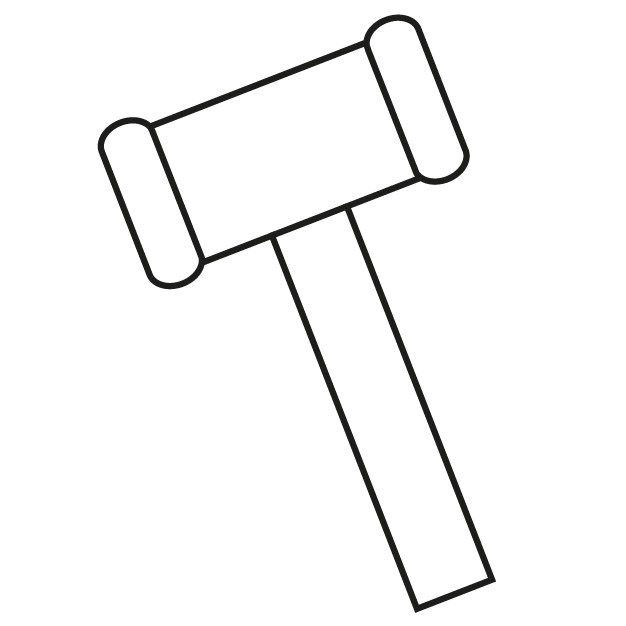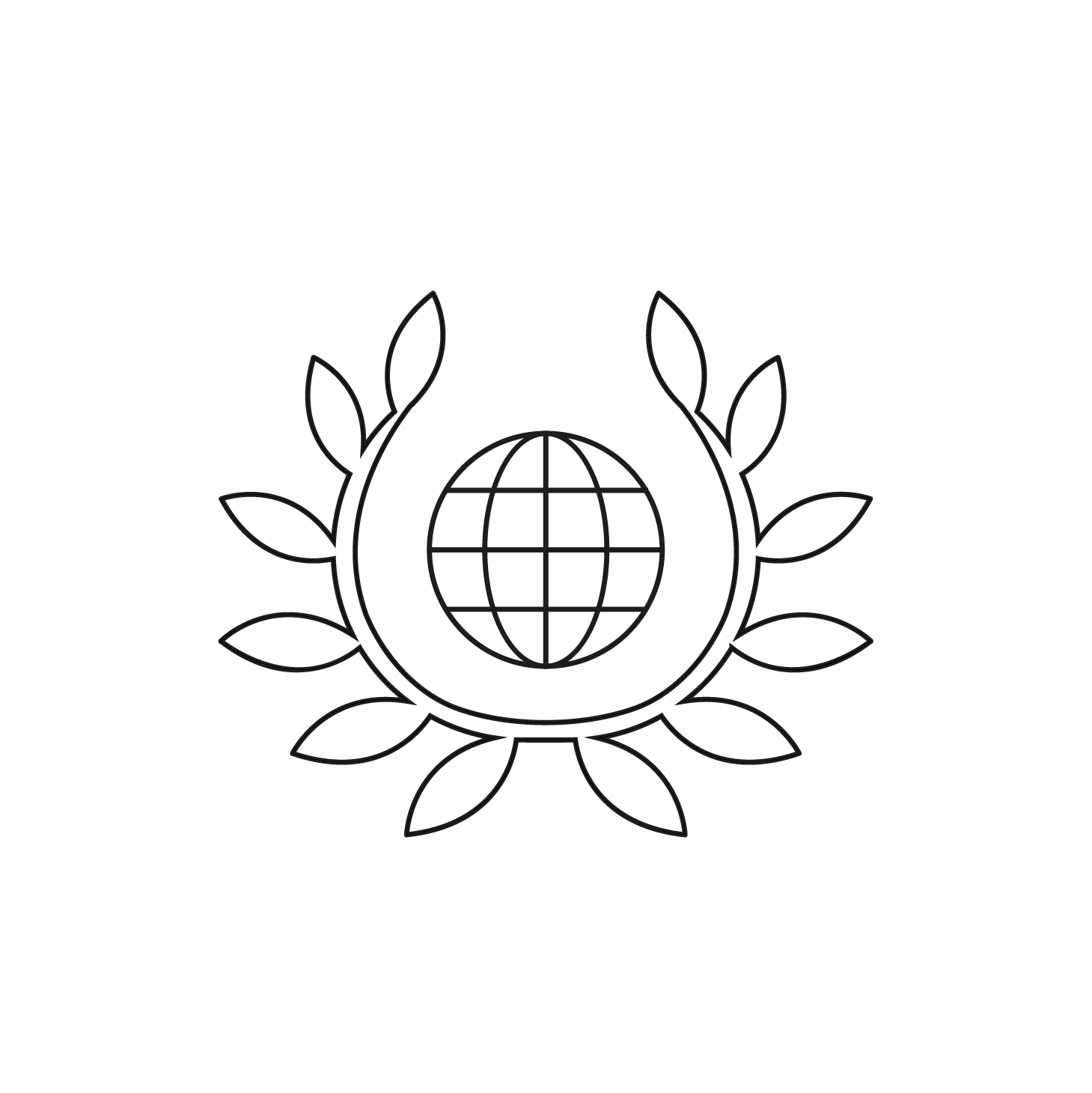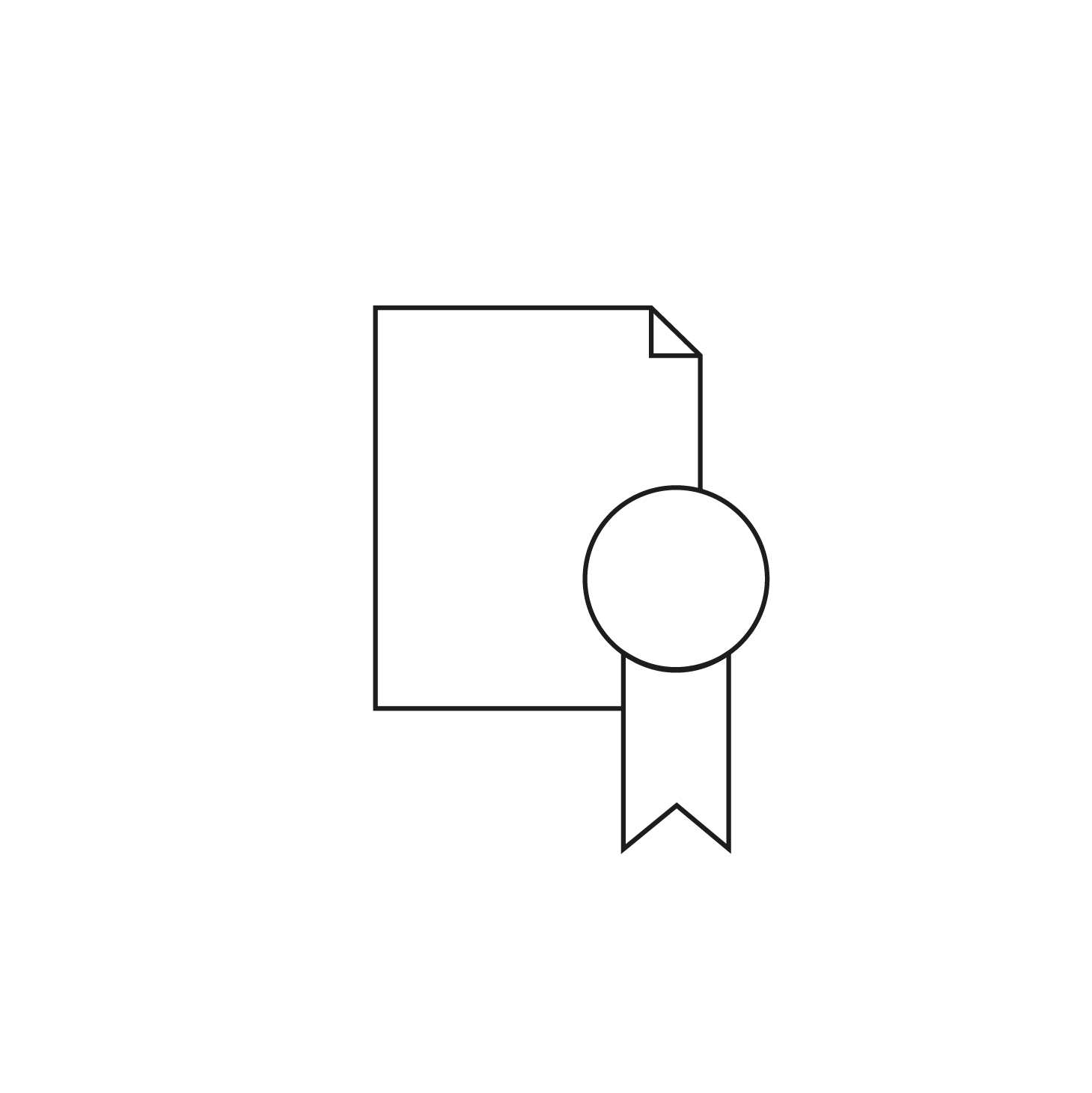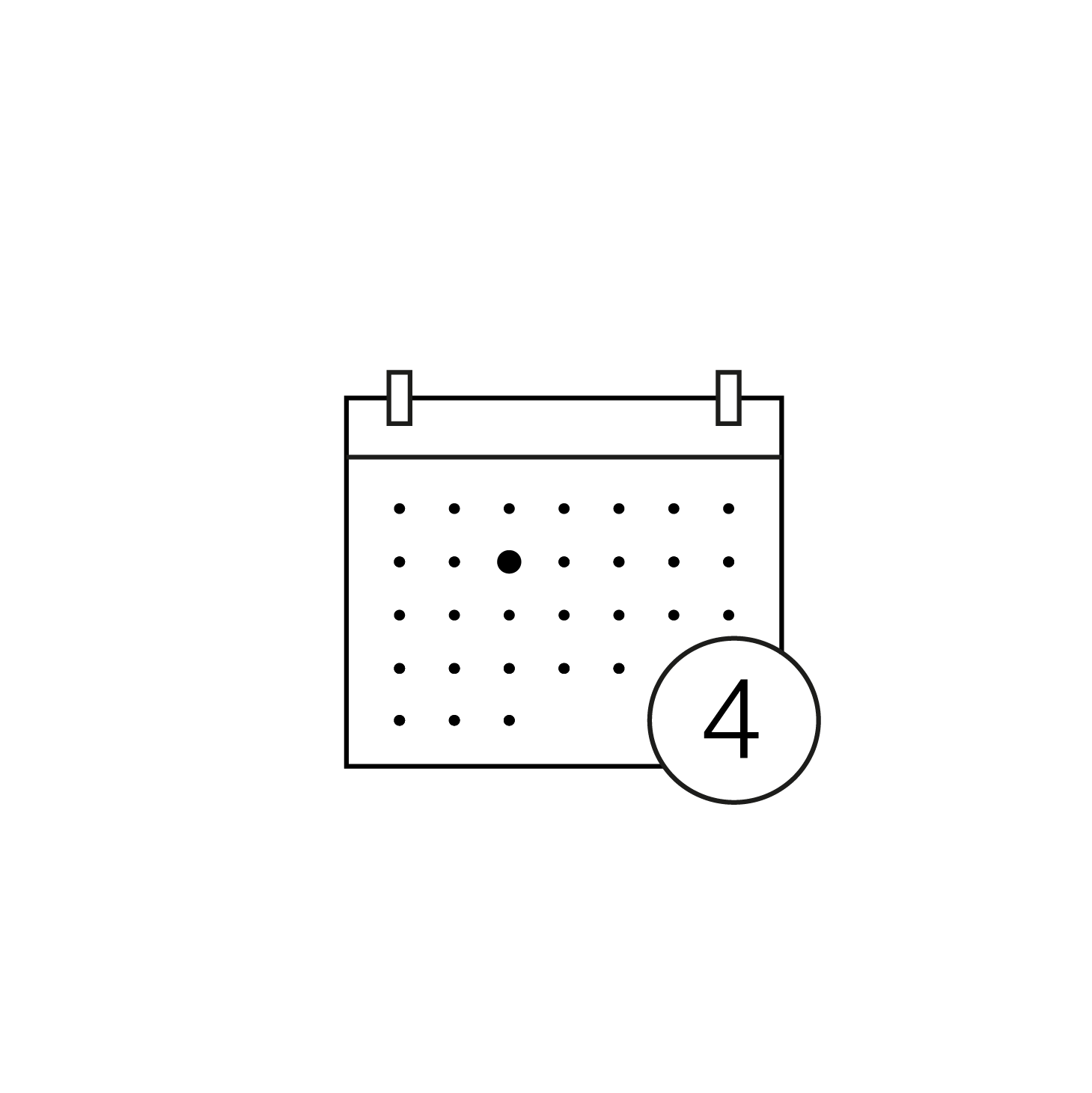The history of Champagne, also called Champagne wine, goes back almost 2000 years. The Champagne region then produced wine that was very different from the wines of other regions, such as the Côte du Rhône and Burgundy. In the Middle Ages, the Church, aware of the potential of these vines, took care to develop them. Later, during the coronations of kings in Reims, the wine of Champagne is present at each meal, making the happiness of the many guests. The whole world began to have positive echoes of the wines of Champagne around the 13th century. After the French Revolution in 1790, the revolutionaries only drank Champagne to celebrate their victory. In the 19th century, the wine of Champagne, which was highly appreciated by politicians and statesmen, was regularly found on the table during business meetings. Today, Champagne, synonymous with luxury, is rather consumed on special occasions. Champagne is, by its prestige and its festive side, appreciated by the French but also internationally. The United Kingdom, the United States and Germany are the three leading export countries, followed by Japan, Belgium and Australia.
See more
The vineyards of Champagne cover an area of 34,000 hectares. There are three grape varieties, the most important being Chardonnay, Pinot Noir and Meunier. Pinot Noir is a red grape variety and is present at 38%, Meunier is also a black grape variety and is present at 32% and finally Chardonnay is a white grape variety and is present at 30%.







